Getting ready for your polar cruise means sorting five important bits. First up, pack plenty of warm clothes, waterproof kit and stuff to protect you from the sun. You’ll want to get a bit fitter too – enough to handle walking about and going up and down stairs without trouble.
Have a chat with your GP about any health needs and ways to handle seasickness. Make sure your passport hasn’t expired, get any visas you need, and keep spare copies of all your papers.
Lastly, buy proper travel insurance that covers emergency evacuation. Getting these basics sorted means you’ll get the most from your time in the polar regions.
🐧 Polar Cruise Enquiry 🐻❄️
Our team of polar travel specialists have personally explored both the Arctic and Antarctic regions – from tracking polar bears in Svalbard to kayaking with penguins off the Antarctic Peninsula. Let us find the right polar expedition cruise for you.
Key Takeaways
- Sort out your gear – you’ll need warm layers, waterproof clothing, and bits like polarised sunglasses and gloves.
- Get fit beforehand with regular walks and leg exercises like squats to build up your strength.
- Get proper travel insurance that includes emergency evacuation and trip cancellation for polar journeys.
- Have a valid passport, any needed visas, and keep both digital and paper copies of all your travel paperwork.
- See your GP for a health check, jabs, and enough medicine supplies at least three months before you go.
Polar Cruise Packing Guide
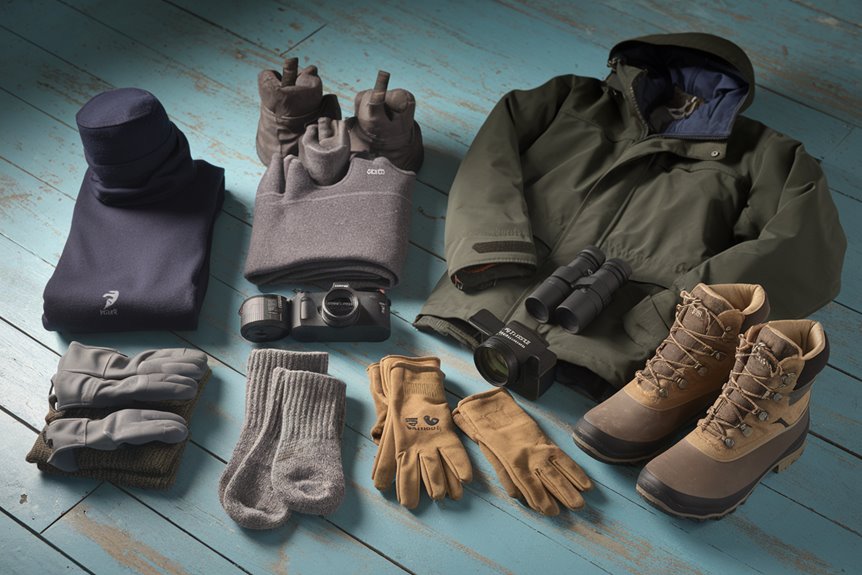
Getting ready for your polar trip starts with smart packing.
You’ll want lots of warm layers – start with thermal base layers that keep you dry, add warm middle layers, and top it off with waterproof gear. Pack two pairs of warm, waterproof gloves, thermal socks, and proper boots that can handle freezing temps.
- Remember to bring polarised sunglasses, sunscreen, and lip balm – the glare from ice and snow can be brutal.
- Your camera kit needs special attention. Pack spare batteries (the cold drains them quickly) and keep your gear protected from the weather.
- Bring travel sickness tablets, any medicines you take regularly, and basic first aid bits. You’ll need a waterproof day bag and walking poles for trips off the ship.
- Don’t forget your swimming costume if you fancy trying the polar plunge.
Polar Cruise Fitness Requirements
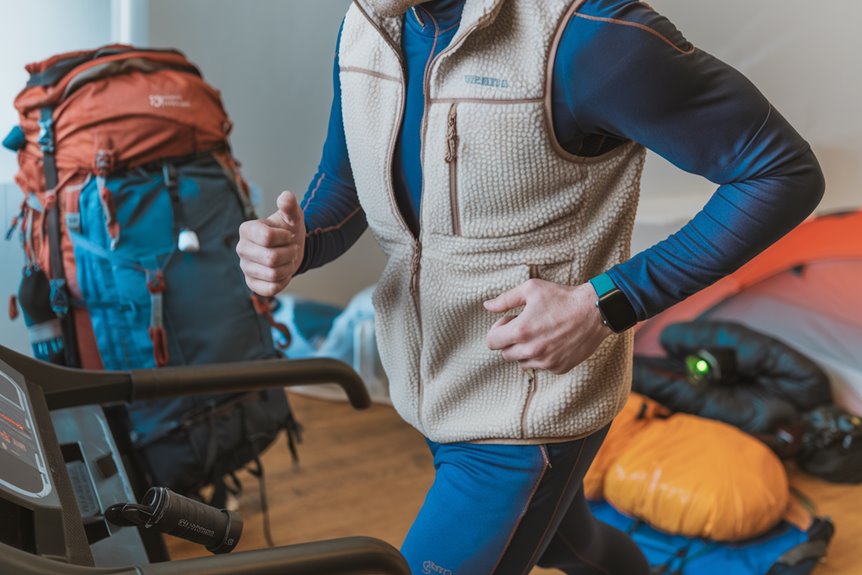
While polar expedition cruises don’t need Olympic-level fitness, you’ll want decent physical stamina to properly enjoy your time away. Most activities involve walking on uneven ground, going up and down stairs on the ship, and getting in and out of Zodiac boats.
You should be able to walk at least two miles at a steady pace and climb 2-3 flights of stairs without getting out of breath.
Before you go, work on building up your fitness through walking, swimming, or cycling. Build stronger legs and core muscles with squats and balance work, as you’ll need good stability on the moving ship and during shore landings.
If you have any health issues, talk to your doctor and let the cruise company know beforehand. Being fit will help you join in all activities and get the most from your polar trip.
Polar Cruise Travel Documents
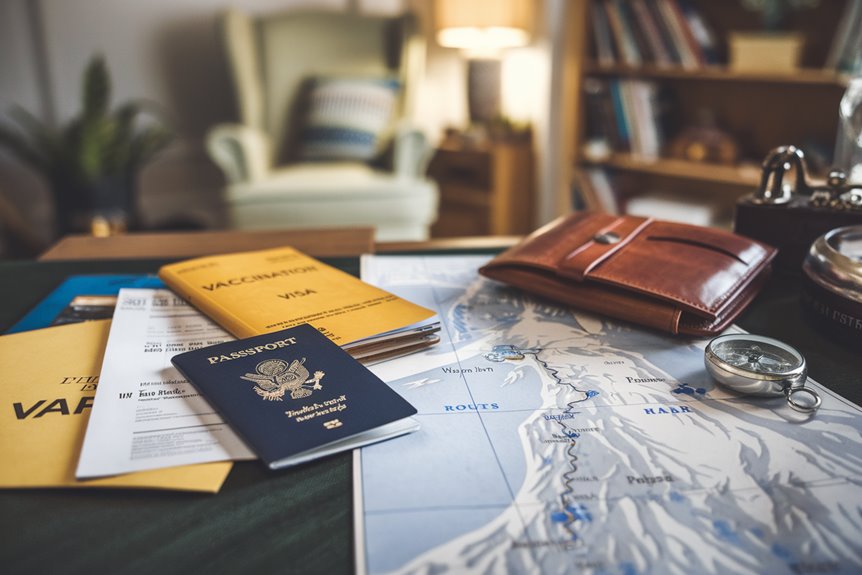
Getting your travel documents sorted early is crucial for any polar cruise trip. Make sure your passport won’t expire for at least six months after your journey ends and has plenty of empty pages for stamps.
| Document Type | Arctic | Antarctic |
|---|---|---|
| Passport | Required | Required |
| Visa | Varies by nationality | Required for some ports |
| Travel Insurance | Mandatory | Mandatory |
You’ll need proper travel insurance that includes emergency evacuation cover.
- Keep both digital and paper copies of all your documents, including cruise tickets, flight bookings, and vaccination records.
- If you’re heading to several countries, look up the entry rules for each one.
- Pop your documents in a waterproof holder, and when you go ashore, always keep copies separate from the original ones.
Polar Cruise Health Guidelines
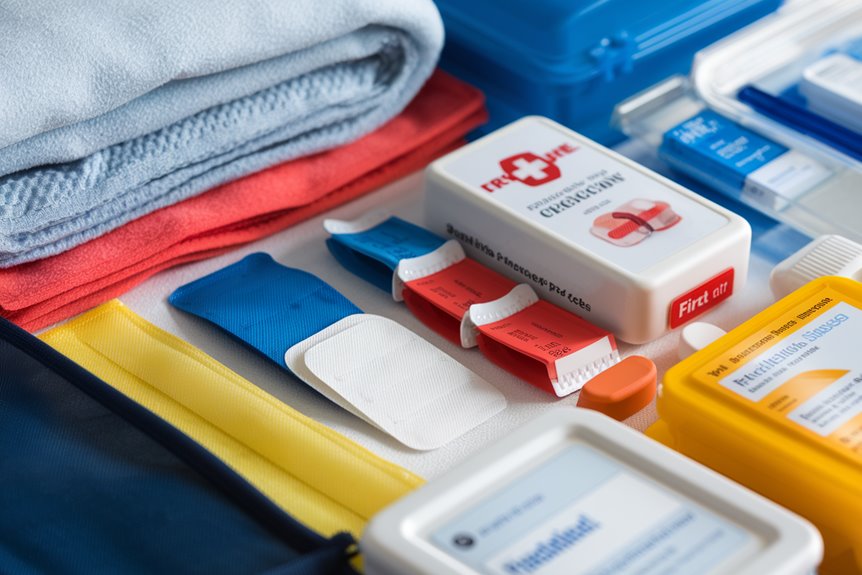
Getting medically ready is a crucial part of planning your polar cruise.
You’ll need a proper health assessment before your trip to make sure you can handle extreme conditions. See your GP at least 3 months ahead to sort out your jabs and talk through any ongoing health issues that could affect your time at sea.
- Buy motion sickness tablets – you’ll thank yourself when crossing the notoriously rough Drake Passage.
- Bring twice the amount of your usual medicines in case you’re delayed or face emergencies.
- Build up your immune system in the weeks before you go – it helps avoid getting poorly in confined spaces.
- Think about how fit you’re – you need energy for getting in and out of small boats and walking in tough weather.
- Check your travel insurance includes medical evacuation – it might cost more than £75,000 in polar areas.
Polar Cruise Insurance Guide
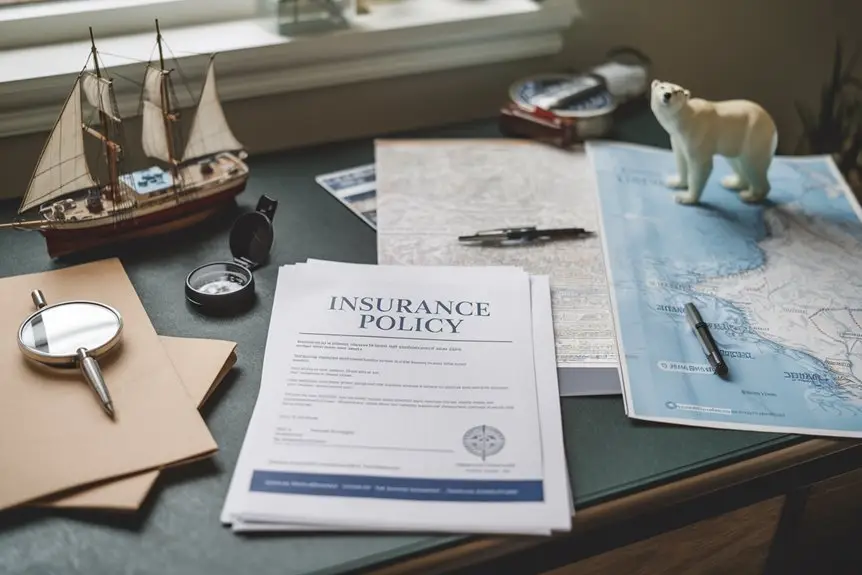
A good insurance policy is your best protection against the high costs mentioned above. When choosing your polar cruise insurance, you’ll need broad coverage that clearly includes Arctic or Antarctic travel.
| Coverage Type | Minimum Amount | Key Features |
|---|---|---|
| Medical | £100,000 | Emergency evacuation |
| Trip Cancellation | 100% of cost | Weather delays |
| Baggage | £2,500 | Lost gear protection |
| Active Sports | Required | Kayaking/hiking coverage |
| Search & Rescue | £100,000 | Remote location rescue |
It’s best to buy your policy straight after booking your cruise. Make sure to read the small print about pre-existing conditions and exploration activities.
Most regular travel insurance won’t cover polar expeditions, so you’ll need to get specialist coverage that includes emergency medical evacuation from remote areas.
Frequently Asked Questions
How Much Wildlife Photography Experience Do I Need for a Polar Cruise?
You won’t need fancy wildlife photography know-how for a polar cruise. A simple camera and keenness to learn is fine, but getting familiar with your camera settings beforehand will help you take better photos.
Can I Bring My Drone to Capture Aerial Footage of the Poles?
Hold on there – you’ll want to look into your cruise company’s drone rules first. Most of them say no to drones since they can upset the wildlife, cause safety issues, and go against strict polar area rules.
What Languages Do Expedition Guides Typically Speak During Excursions?
You’ll find that guides tend to speak English most of the time, but loads of them know other languages too – they can chat away in German, French, Spanish or Mandarin when they’re looking after travellers from different countries.
Are There Age Restrictions for Zodiac Boat Rides in Polar Waters?
Most tour companies are fairly flexible about ages on Zodiac boats, but they generally want kids to be 6-8 years old and capable of understanding and following safety rules.
How Reliable Is Internet Connectivity During Polar Cruise Expeditions?
You’ll get patchy internet whilst on polar cruises. Most ships have satellite WiFi, but it’s usually dead slow, costs a fair bit and can be quite dodgy, particularly when you’re in far-flung polar areas.
🐧 Polar Cruise Enquiry 🐻❄️
Our team of polar travel specialists have personally explored both the Arctic and Antarctic regions – from tracking polar bears in Svalbard to kayaking with penguins off the Antarctic Peninsula. Let us find the right polar expedition cruise for you.
